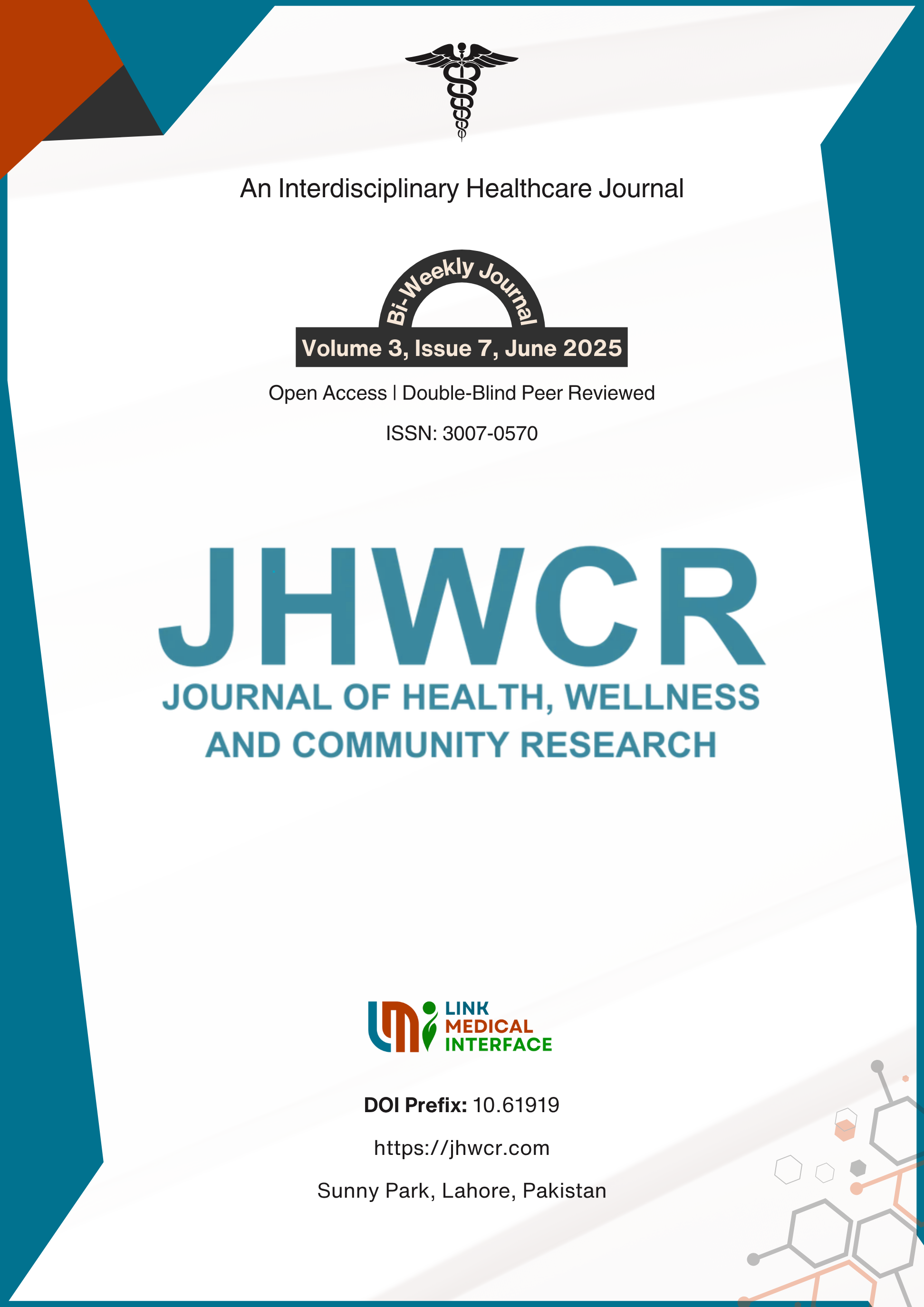Clinical Outcomes of nCPAP in Neonates with Respiratory Distress: A Prospective Non-Randomized Study
DOI:
https://doi.org/10.61919/fnf8jk61Keywords:
Neonatal Respiratory Distress Syndrome, Continuous Positive Airway Pressure, Arterial pCO₂, Oxygen Saturation, Neonatal Mortality, Preterm Infant, Non-invasive VentilationAbstract
Background: Neonatal respiratory distress is a leading cause of morbidity and mortality in low- and middle-income countries, especially among preterm infants. Despite advancements in neonatal care, access to invasive ventilation is limited in many resource-constrained settings. Nasal continuous positive airway pressure (nCPAP) offers a non-invasive, cost-effective solution, yet evidence on its localized efficacy remains scarce. Objective: To evaluate the clinical efficacy of nCPAP in neonates with respiratory distress by assessing improvements in oxygen saturation and arterial pCO₂ and determining overall treatment success and survival rates. Methods: A prospective non-randomized study was conducted over eight months in the neonatal intensive care unit of a private tertiary hospital in Peshawar, Pakistan. A total of 103 neonates under one week of age with clinical signs of respiratory distress were enrolled using consecutive non-probability sampling. Exclusion criteria included congenital anomalies, severe birth asphyxia, and hemodynamic instability. Data were collected using a structured proforma, and primary outcomes included arterial blood gas parameters and survival status. Paired t-tests and logistic regression were performed using SPSS version 23. Ethical approval was obtained per the Helsinki Declaration. Results: nCPAP was effective in 73% of neonates, with arterial pCO₂ decreasing from 48.2 to 39.5 mmHg (p<0.001, 95% CI: 6.4–10.9) and oxygen saturation increasing from 84% to 97% (p<0.001, 95% CI: 11.8–14.2). Survival was 82%, with significantly better outcomes in successfully treated neonates (OR 0.18, p=0.017). Conclusion: nCPAP is a safe, effective, and non-invasive intervention for managing neonatal respiratory distress, offering significant physiological and survival benefits, and should be prioritized in neonatal care protocols, particularly in low-resource healthcare systems.
Downloads
Published
Issue
Section
License
Copyright (c) 2025 Journal of Health, Wellness and Community Research

This work is licensed under a Creative Commons Attribution 4.0 International License.


